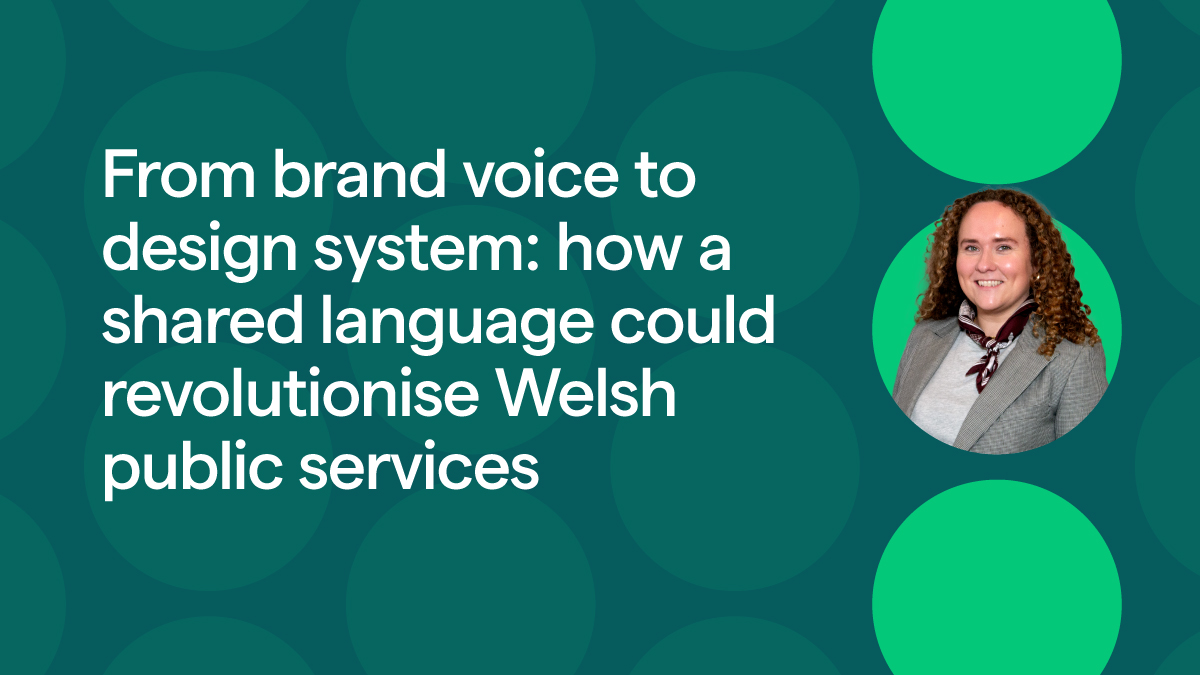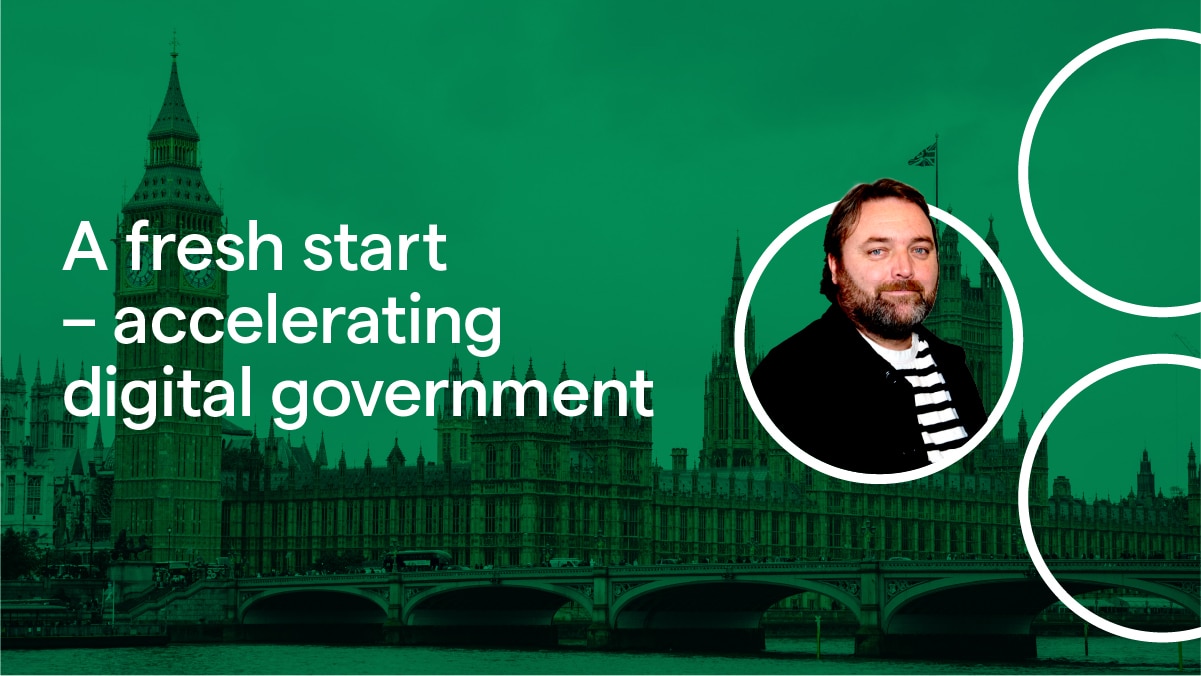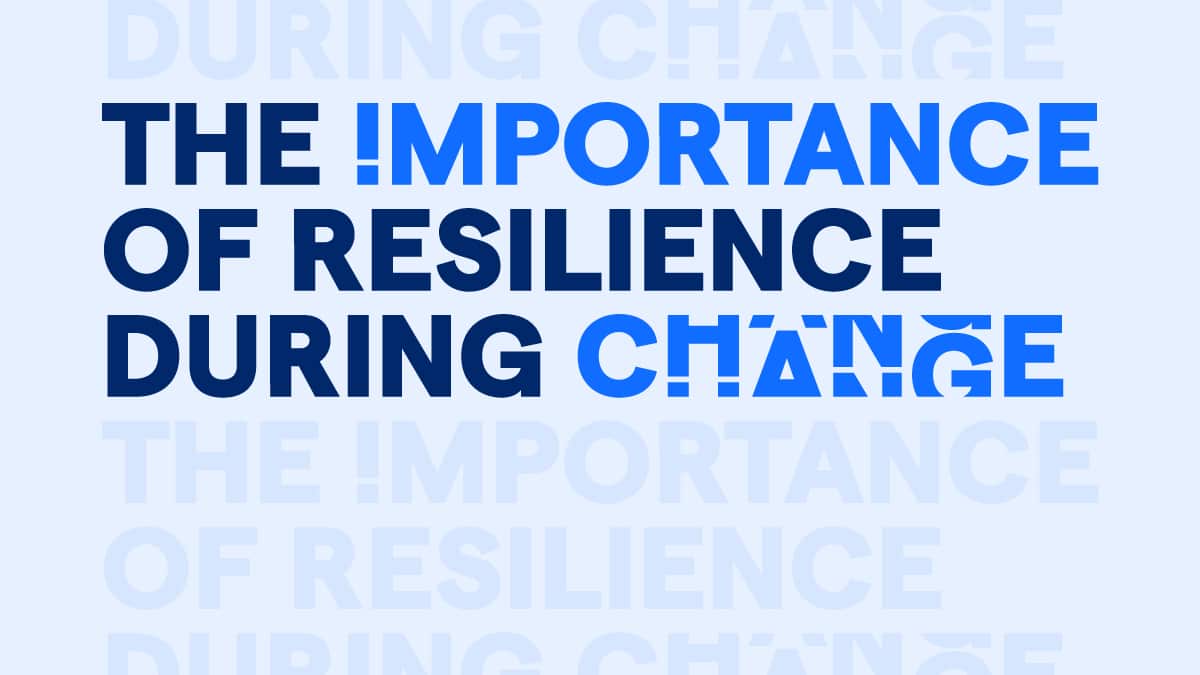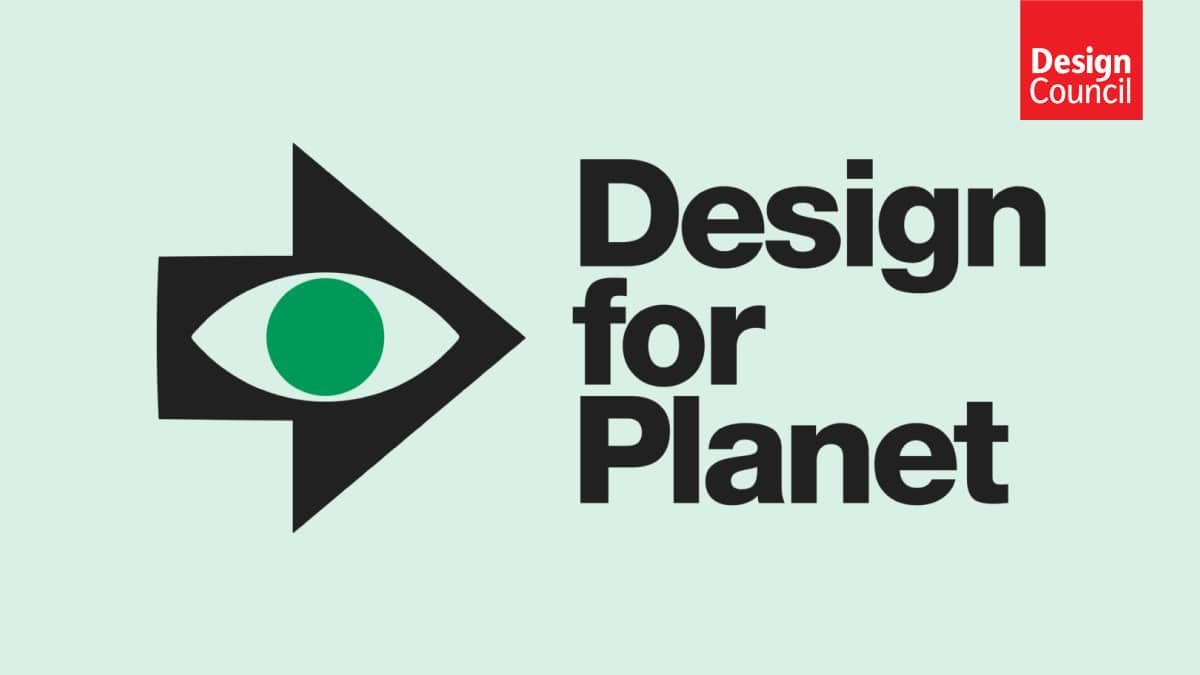From brand voice to design system: how a shared language could revolutionise Welsh public services
8 min read Written by: Sarah Fea
From Brand Voice to Design System: How a Shared Language could Revolutionise Welsh Public Services
My name is Sarah, I’m Perago’s Communications manager. I’m also the communications lead for an exciting ongoing research project for CDPS (Centre for Digital Public Services), exploring if a design system could be the key to a more user-friendly and efficient digital landscape for Welsh public services.
Today, I’m diving into some of the early learnings, building correlations between what I’ve learnt from the project so far and the world of communications… it’s fascinating!
A Shared Language for Success?
Is there a universal understanding of the benefits of a shared design system? Our research is investigating this question. We’re also exploring whether a “Welsh” system would be advantageous, and if so, how we can test its effectiveness. From a communications point of view, I can’t help but notice the synergies between a design system and tone of voice guidance (often included in brand toolkits and a beacon of guidance for communications and marketing pros). Just like a brand toolkit reinforces brand identity and builds trust with users, a design system establishes a set of visual and messaging guidelines that ensure all touchpoints (websites, apps, forms) communicate with a consistent tone and voice.
Breaking Down the Walls: Enabling Collaboration
One of the biggest challenges we’ve identified is a lack of collaboration between different government agencies. Currently, there’s little connection between teams doing similar work, hindering the sharing of good practice and resources. Our research delves into how a design system, if implemented effectively, could bridge this gap, and foster a more collaborative environment. A design system defines a common vocabulary for visual elements and messaging styles. This shared understanding removes ambiguity and ensures multidisciplinary cohesion of outputs. From a communication point of view, teams can be confident their content will fit seamlessly within the overall design framework and the design will complement their key messages.
The Emotional Rollercoaster of Design
Our research highlights the emotional journey teams go through when encountering design systems. Initial excitement at discovering good practice can quickly turn into frustration when faced with implementation hurdles. We’re exploring these challenges and seeking solutions to ensure a smoother transition. Communication teams can leverage pre-built components while still tailoring content to fit the specific needs of a campaign or audience. This balance ensures brand consistency while allowing for creative freedom.
Does it Matter? The Cost of Non-compliance
Is a design system just a suggestion? We’re investigating the consequences of not following a design system’s guidelines. While it might seem like individual teams can go rogue, a well-designed system offers significant benefits like consistency and efficiency, serving the needs of Welsh citizens better. Design systems prioritise accessibility by ensuring all components and content meet WCAG (Web Content Accessibility Guidelines) standards. This empowers communication teams to create content that’s readily accessible to everyone, regardless of ability.
Beyond Consistency: A Tool for the Future
The Welsh Government’s focus on improving the wellbeing of future generations resonates with us. A design system could be a powerful tool that allows for the scaling up and maintenance of a consistent online ecosystem. This ecosystem would be familiar and user-friendly, while still adapting to user needs. Design systems allow for quicker prototyping and testing of communication materials. Components can be easily rearranged and modified, allowing communication teams to experiment with different layouts and messaging approaches without needing significant design input each time.
Building the Right Environment and Building a knowledge base
The best design system in the world is useless without the right environment for its implementation. Imagine having a fantastic car, but no roads to drive it on! Our research underscores the importance of leadership and a positive cultural shift that encourages the adoption and use of the design system, specifically across design and communications teams.
Overall, a design system could create a more collaborative environment where communication teams and designers work together seamlessly to create effective and user-friendly communication materials. Stay tuned for further updates as our research unfolds! We’ll be delving deeper into these topics and sharing our findings on how a design system could benefit Wales’ public services landscape.




